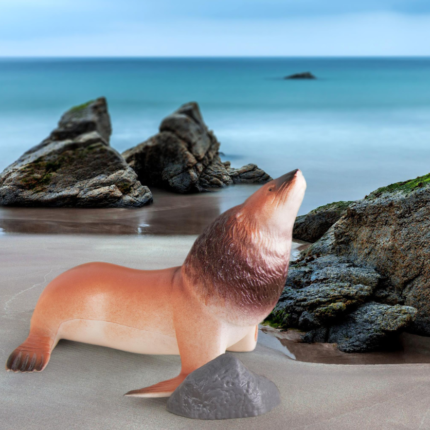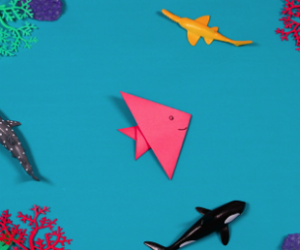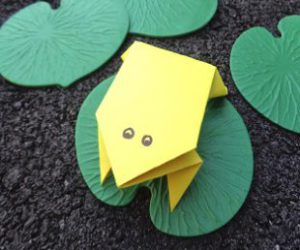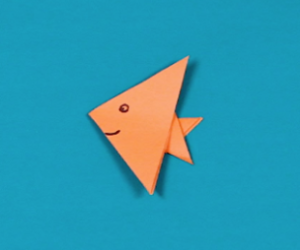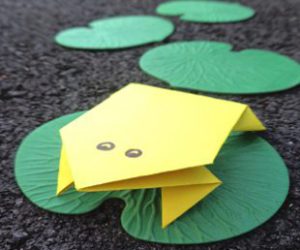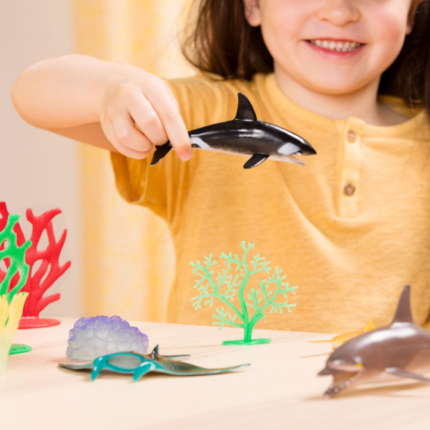Under the Sea
The Dogs of the Sea
Sea lions are related to seals and walruses, but also dogs. They share many characteristics with our canine friends, much like the way humans are genetically similar to chimpanzees. Sea lions are affectionate, they bark and sniff, and love to play. And their babies are even called pups!
Origami Animals: Make Your Own Water Creatures!
Want to wade through the waves, lie on a lily pad, or paddle through a pond? Use your imagination to take you there with these water-loving animals!
You will need:
- Construction paper (1/2 sheet)
- A pair of scissors
- A pen
Want to try our paper fish instead?
Click here!
Bottlenoses and Blowholes
Be it an orca whale or a bottlenose dolphin, all species have at least one blowhole on top of their head. When they need a fresh gulp of air, they swim to the surface, open the hole, and breathe in.
